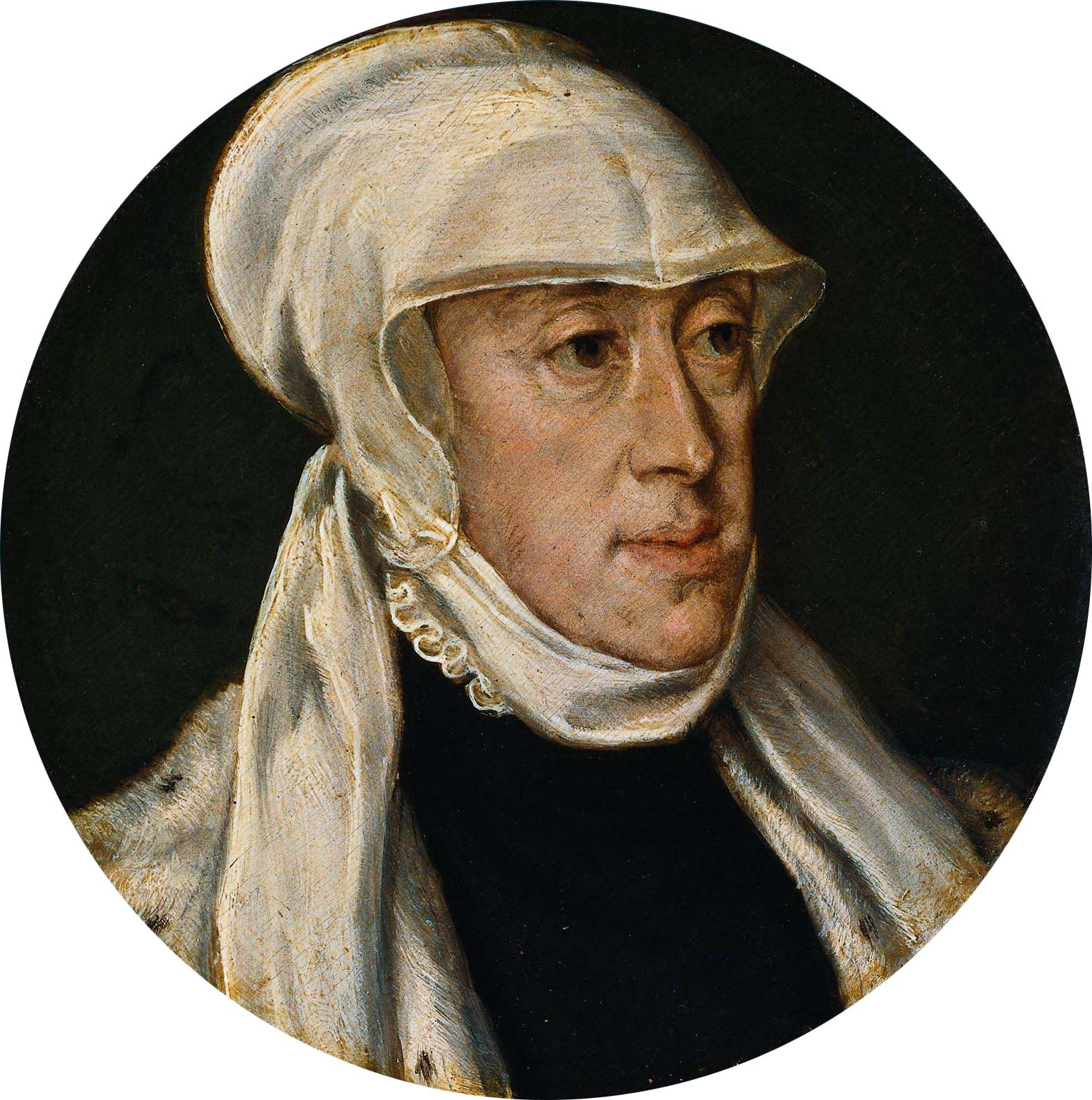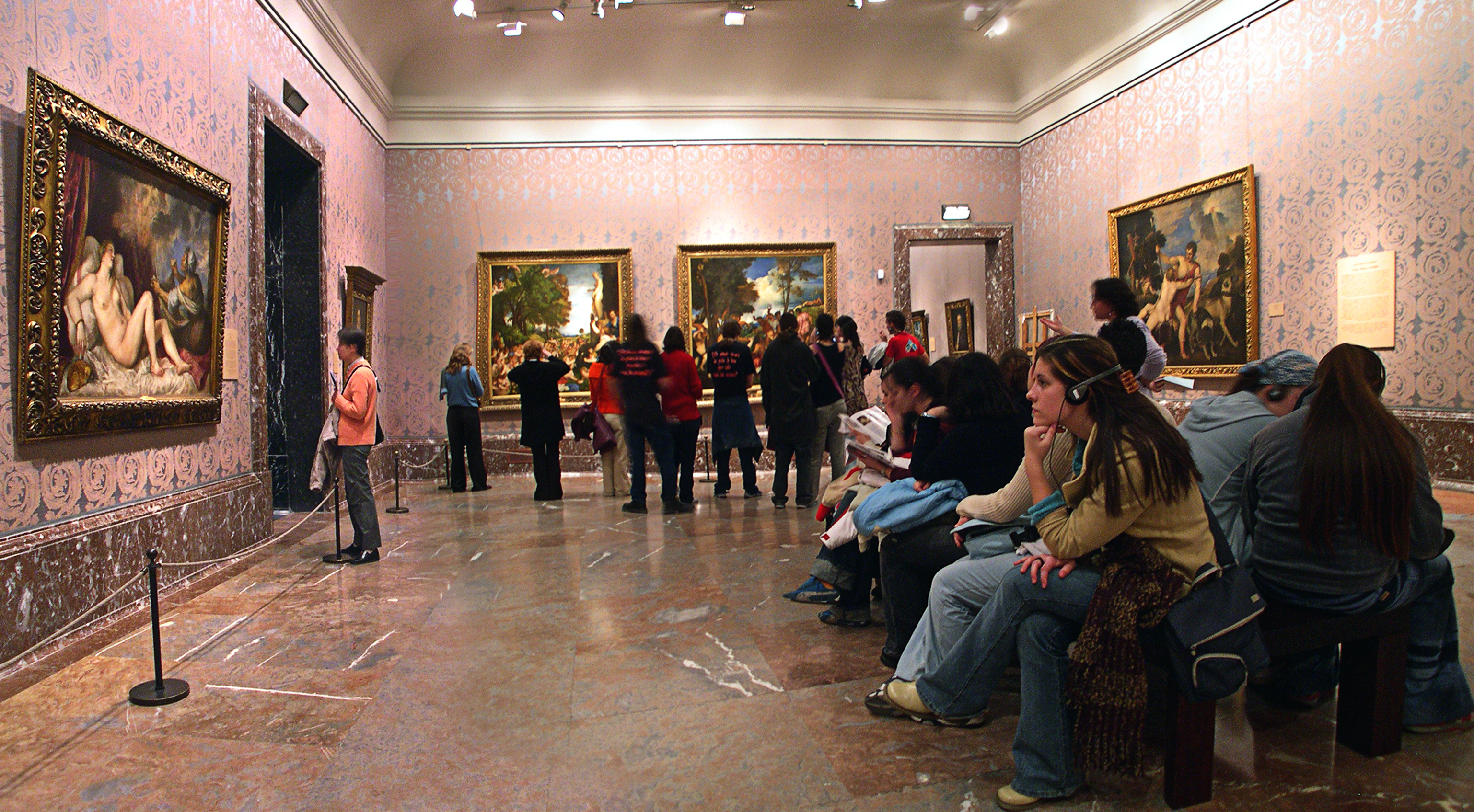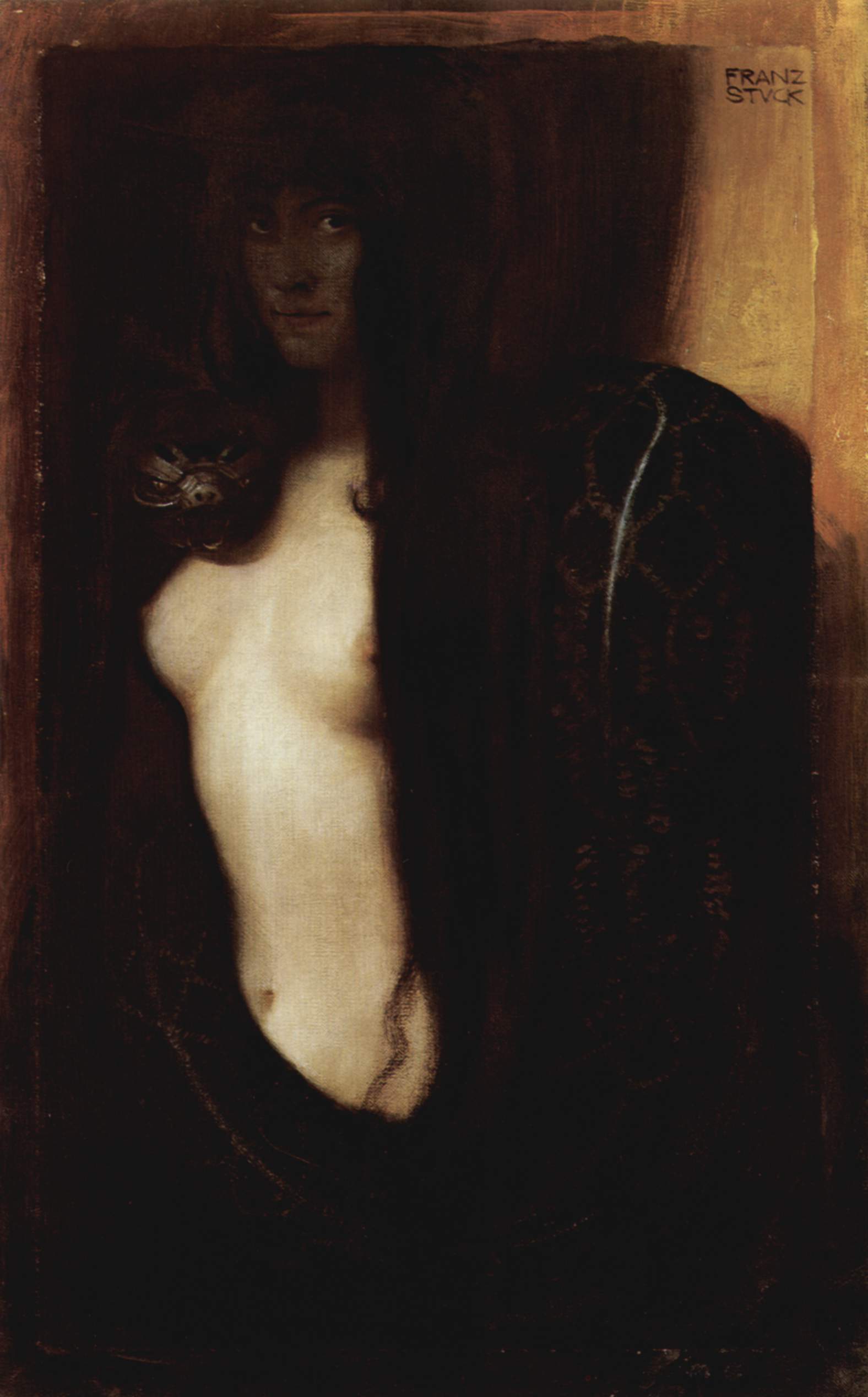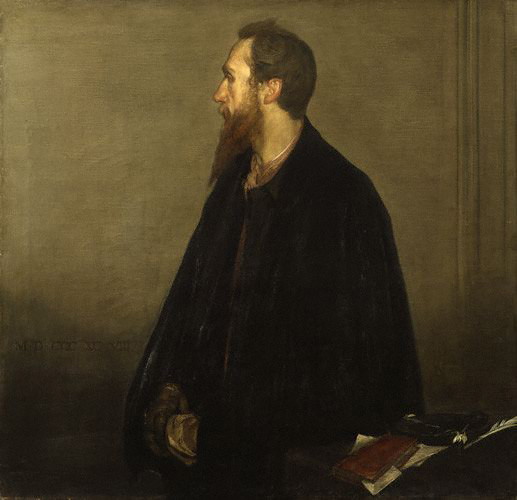|
Sisyphus (Titian)
''Sisyphus'' (Spanish: ''Sísifo'') is an oil painting by the Venetian master Titian, made in 1548 or 1549. It is in the collection of the Museo del Prado in Madrid. Subject From Homer onwards Sisyphus was famed as the craftiest of men. In the Greek underworld, underworld Sisyphus was compelled to roll a big stone up a steep hill; but before it reached the top of the hill the stone always rolled down, and Sisyphus had to begin all over again. The subject was a commonplace of ancient writers, and Titian's source was a passage in Ovid's ''Metamorphoses'',Falomir Faus 2003. which recounts the eternal sufferings of several personages in the underworld: History On his first visit to Augsburg Titian received a new commission from Charles V, Holy Roman Emperor, Charles V's sister, Queen Mary of Hungary (governor of the Netherlands), Mary of Hungary. Titian had to execute two or three large pictures, which should represent Tantalus, Sisyphus and Tityus. Two of them were painte ... [...More Info...] [...Related Items...] OR: [Wikipedia] [Google] [Baidu] |
Titian
Tiziano Vecelli or Vecellio (; 27 August 1576), known in English as Titian ( ), was an Italians, Italian (Republic of Venice, Venetian) painter of the Renaissance, considered the most important member of the 16th-century Venetian school (art), Venetian school. He was born in Pieve di Cadore, near Belluno. During his lifetime he was often called ''da Cadore'', 'from Cadore', taken from his native region. Recognized by his contemporaries as "The Sun Amidst Small Stars" (recalling the final line of Dante Alighieri, Dante's ''Paradiso (Dante), Paradiso''), Titian was one of the most versatile of Italian painters, equally adept with portraits, landscape backgrounds, and mythological and religious subjects. His painting methods, particularly in the application and use of colour, exercised a profound influence not only on painters of the late Italian Renaissance, but on future generations of Art of Europe, Western artists. His career was successful from the start, and he became sought ... [...More Info...] [...Related Items...] OR: [Wikipedia] [Google] [Baidu] |
List Of Works By Titian
This incomplete list of works by Titian contains representative portraits and mythological and religious works from a large oeuvre that spanned 70 years. (Titian left relatively few drawings.) Painting titles and dates often vary by source. List of works by year References {{Lists of paintings Lists of works of art, Titian Paintings by Titian, * Portraits by Titian, * ... [...More Info...] [...Related Items...] OR: [Wikipedia] [Google] [Baidu] |
Franz Stuck
Franz von Stuck (February 23, 1863 – August 30, 1928), born Franz Stuck, was a German painter, sculptor, printmaker, and architect. Stuck was best known for his paintings of ancient mythology, receiving substantial critical acclaim with '' The Sin'' in 1892. In 1906, Stuck was awarded the Order of Merit of the Bavarian Crown and was henceforth known as Franz Ritter von Stuck. Life and career Born at Tettenweis near Passau, Stuck displayed an affinity for drawing and caricature from an early age. To begin his artistic education he relocated in 1878 to Munich, where he would settle for life. From 1881 to 1885 Stuck attended the Munich Academy. He first became well known by cartoons for ''Fliegende Blätter'', and vignette designs for programmes and book decoration. In 1889 he exhibited his first paintings at the Munich Glass Palace, winning a gold medal for '' The Guardian of Paradise''. In 1892 Stuck co-founded the Munich Secession, and also executed his first sculpture, '' ... [...More Info...] [...Related Items...] OR: [Wikipedia] [Google] [Baidu] |
Santa Maria Della Salute
Santa Maria della Salute ( en, Saint Mary of Health), commonly known simply as the Salute, is a Roman Catholic church and minor basilica located at Punta della Dogana in the Dorsoduro sestiere of the city of Venice, Italy. It stands on the narrow finger of Punta della Dogana, between the Grand Canal and the Giudecca Canal, at the Bacino di San Marco, making the church visible when entering the Piazza San Marco from the water. The Salute is part of the parish of the Gesuati and is the most recent of the so-called plague churches. In 1630, Venice experienced an unusually devastating outbreak of the plague. As a votive offering for the city's deliverance from the pestilence, the Republic of Venice vowed to build and dedicate a church to Our Lady of Health. The church was designed in the then fashionable Baroque style by Baldassare Longhena, who studied under the architect Vincenzo Scamozzi. Construction began in 1631. Most of the objects of art housed in the church bear references ... [...More Info...] [...Related Items...] OR: [Wikipedia] [Google] [Baidu] |
Charles Ricketts
Charles de Sousy Ricketts (2 October 1866 – 7 October 1931) was a British artist, illustrator, author and printer, known for his work as a book designer and typographer and for his costume and scenery designs for plays and operas. Ricketts was born in Geneva to an English father and a French mother and brought up mainly in France. In 1882 he began studying wood engraving in London, where he met a fellow student, Charles Shannon, who became his lifelong companion and artistic collaborator. Ricketts first made his mark in book production, first as an illustrator, and then as the founder and driving force of the Vale Press (1896–1904), one of the leading private presses of the day, for which he designed the type and illustrations. A disastrous fire at the printers led to the closure of the press, and Ricketts turned increasingly to painting and sculpture over the following two decades. In 1906 he also began a career as a theatre designer, first for works by his friend Oscar ... [...More Info...] [...Related Items...] OR: [Wikipedia] [Google] [Baidu] |
Georg Gronau
{{disambiguation ...
Georg may refer to: * ''Georg'' (film), 1997 *Georg (musical), Estonian musical * Georg (given name) * Georg (surname) * , a Kriegsmarine coastal tanker See also * George (other) George may refer to: People * George (given name) * George (surname) * George (singer), American-Canadian singer George Nozuka, known by the mononym George * George Washington, First President of the United States * George W. Bush, 43rd President ... [...More Info...] [...Related Items...] OR: [Wikipedia] [Google] [Baidu] |
Alonso Sánchez Coello
Alonso Sánchez Coello ( 1531 – 8 August 1588) was an Iberian portrait painter of the Spanish Renaissance, Spanish and Portuguese Renaissance. He is mainly known for his portrait paintings executed in a style which combines the objectivity of the Flemish tradition with the sensuality of Venetian painting. He was court painter to Philip II of Spain, Philip II.Alfonso E. Pérez Sánchez. "Sánchez Coello, Alonso." Grove Art Online. Oxford Art Online. Oxford University Press. Web. 30 Dec. 2016 Life Alonso Sánchez Coello was born in Benifairó de les Valls, near Valencia (city in Spain), Valencia in Spain. He spent his childhood there until the death of his father when he was around ten years old.Antonio, T. de, ''Sánchez Coello, Alonso'' in: ''Del Grec ... [...More Info...] [...Related Items...] OR: [Wikipedia] [Google] [Baidu] |
Royal Alcázar Of Madrid
The Royal Alcázar of Madrid (Spanish Spanish might refer to: * Items from or related to Spain: **Spaniards are a nation and ethnic group indigenous to Spain **Spanish language, spoken in Spain and many Latin American countries **Spanish cuisine Other places * Spanish, Ontario, Cana ...: ''Real Alcázar de Madrid'') was a fortress located at the site of today's Royal Palace of Madrid, Madrid, Spain. The structure was originally built in the second half of the ninth century by the Muslims, then extended and enlarged over the centuries, particularly after 1560. It was at this time that the fortress was converted into a royal palace, and Madrid became the capital of the Spanish Empire. Despite being a palace, the great building kept its original arabic title of ''Alcázar'' (English language, English: "castle"). The first extension to the building was commissioned by Charles V, Holy Roman Emperor, King Charles I (Charles V, Holy Roman Emperor) and completed in 1537. Its exteri ... [...More Info...] [...Related Items...] OR: [Wikipedia] [Google] [Baidu] |
Tityus (Titian)
''Tityus'' is a mythological painting by Titian dating to 1549 in the Museo del Prado, Madrid. It shows the punishment of the giant Tityos from Greek mythology A major branch of classical mythology, Greek mythology is the body of myths originally told by the Ancient Greece, ancient Greeks, and a genre of Ancient Greek folklore. These stories concern the Cosmogony, origin and Cosmology#Metaphysical co .... References External links * 1549 paintings Paintings by Titian in the Museo del Prado category:Nude art Paintings depicting Greek myths Birds in art Mythological paintings by Titian {{16C-painting-stub ... [...More Info...] [...Related Items...] OR: [Wikipedia] [Google] [Baidu] |
Binche Palace
Binche Palace (french: Château de Binche) is located in Binche in the Belgian province of Hainaut, Wallonia. The medieval castle and subsequent Renaissance palace served as residence for the counts of Hainaut, the dukes of Burgundy and the Habsburg rulers of the Netherlands. The most famous resident has been Mary of Hungary, governor of the Netherlands. It was one of the first renaissance palaces in the Low Countries and was intended to rival the French palace of Fontainebleau. The palace was destroyed by soldiers of king Henry II of France. Today, only some medieval walls and fundaments remain of the castle and palace. History Baldwin IV, Count of Hainaut, also known as Baldwin the Builder, constructed the first castle in Binche in the 12th century. At the same time, he surrounded the city by large walls, which are almost entirely preserved till modern times. The château was known as the "Château de la Salles" during the 15th century. Philip the Good, duke of Burgundy, r ... [...More Info...] [...Related Items...] OR: [Wikipedia] [Google] [Baidu] |
Michiel Coxie
Michiel Coxie the Elder, Michiel Coxcie the Elder or Michiel van Coxcie, Latinised name ''Coxius''Michiel Coxie (I) at the (1499 – 3 March 1592), was a painter of altarpieces and portraits, a draughtsman and a designer of stained-glass windows, tapestries and prints. He worked for patrons in the principal cities of Flanders. He became the court painter to successively Emperor |







